What is dynamic subpixel rendering technology
- author:
- 2024-06-06 10:37:11
Dynamic subpixel rendering technology is a technology used to improve image display quality. It generates a target image according to the source image, determines texture information around the sub-pixels by calculating the edge codes of the source pixels corresponding to the sub-pixels of the target pixel to be rendered in the source image, and calculates pixel values of the sub-pixels based on the texture information and distance.
When calculating the edge code, it is necessary to obtain the source coordinates of the source pixels corresponding to the sub-pixels of the target pixel to be rendered, and multiple pixel values of windows centered on the source coordinates in the source image. The edge code is then calculated based on multiple pixel values of the window. The edge code includes multiple bits, each bit representing texture information in one direction.
When the edge code is not a specific style, the pixel values of the sub-pixels of the target pixel to be rendered are calculated based on the texture information and based on the distance. If the texture information around the sub-pixel is weak, smoothing is performed when calculating the pixel value.
Dynamic sub-pixel rendering technology can improve the clarity and detail of the image, making the image more realistic and natural. It has important application value in high-resolution display devices and applications with high image quality requirements.
In today's era of rapid and rapid development of technology, various cutting-edge technologies are emerging like bamboo shoots after rain. In recent years, what deserves special attention is the strong rise of industries such as the Internet of Things, cloud computing, artificial intelligence, and the metaverse. These highly innovative and transformative industries are promoting development and progress in various fields with unprecedented power. Against this background, my country's new display industry has also taken advantage of the momentum, showing a very significant high-speed growth trend. Among them, the Mini/Micro LED display market is even more outstanding. It is like a bright new star, shining in the starry sky of industrial development. It has officially entered a critical stage of industrial explosion and is about to embark on a new glorious journey.
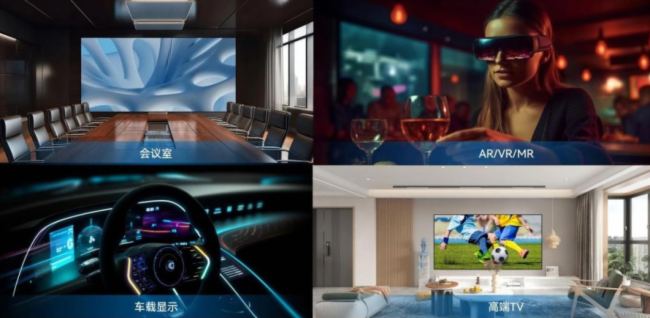
Faced with the booming MLED market, there are still process and cost issues that need to be solved urgently for products in the industry.
1. Process difficulty issues
If LED display modules need to develop into smaller spaces, the difficulty and complexity of the manufacturing process will increase. For example, with smaller spacingdisplays, the number of LED light-emitting chips per unit area will increase exponentially, which puts forward higher requirements for PCB drilling and layout production of LED display modules.
2. Production cost issues
Moving towards smaller pitches, the number of light-emitting chips required for display screens of the same size will increase, the number of layers of PCB boards used will also increase, and production costs will further increase.
In order to improve the above problems, the LED display industry has introduced virtual/subpixel screen design solutions. It can achieve higher resolution display through dynamic sub-pixel rendering technology and bring better display effects.
What is dynamic subpixel rendering technology?
To understand dynamic subpixel rendering technology, you first need to understand what a subpixel is.
Simply put, we call each luminescent unit on the LED screen a pixel point. It is composed of three color luminescent chips in RGB. The luminescent chip of a single color in the pixel point is called a subpixel.
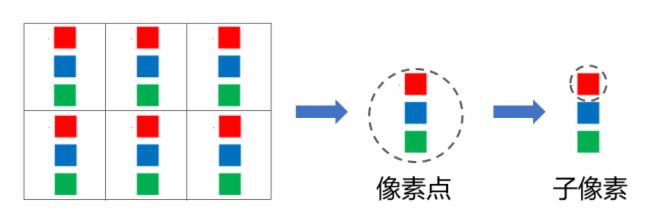
In ordinary real pixels, the three RGB sub-pixels are generally arranged in one word from top to bottom. Unlike conventional real-pixel display technology, each pixel in a virtual/subpixel screen only contains one or two sub-pixels. By borrowing sub-pixels within adjacent pixels, RGB pixels can be synthesized to achieve image rendering and display.
At present, the mainstream virtual/subpixel screen arrangements in the LED display market are three lights, four lights and arrangements based on their changes. Taking the common vertical arrangement of four-lamp RGGB and three-lamp Delta1 as an example, let's take a look at the display principle of virtual/subpixel display using dynamic subpixel rendering technology.
1. Technical principles of four-lamp RGGB dynamic subpixel rendering
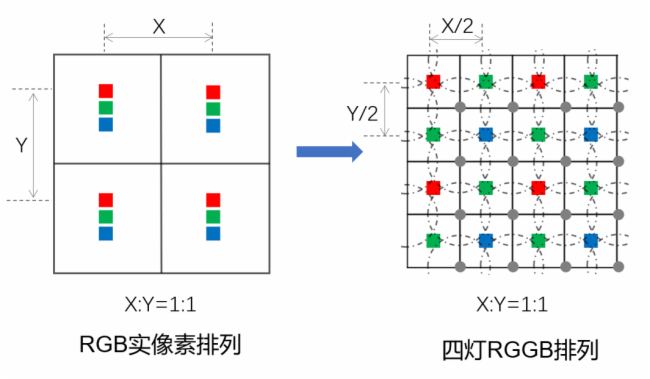
On the left figure above, in the real pixel arrangement, the three RGB sub-pixels in each black box form a complete pixel for content display.
On the right figure above, taking the four-lamp RGGB arrangement as an example, there is only one subpixel in each black box. Through advanced dynamic subpixel rendering technology, surrounding subpixels can be flexibly seconded according to the image content, so that one subpixel can achieve a complete pixel. content display. Compared with real pixels, when the four-lamp RGGB is arranged, if only one subpixel (G) is added to each (RGB) pixel, a display effect of 4 times can be achieved.
2. Technical principle of three-lamp Delta1 vertical dynamic subpixel rendering
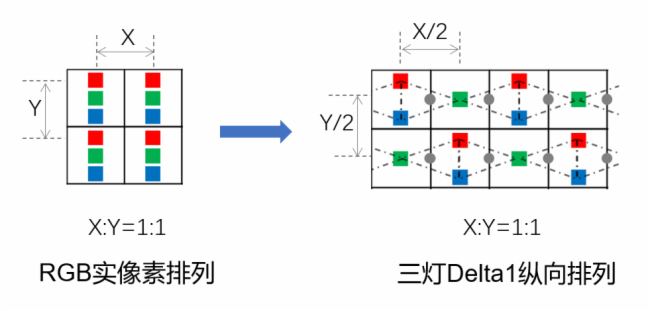
On the right figure above, taking the vertical arrangement of the three lights Delta1 as an example, there are one or two sub-pixels in each black box. Through dynamic subpixel rendering technology, surrounding sub-pixels can be flexibly seconded, so that one or two sub-pixels can realize the corresponding position. Complete pixel content display. Compared with real pixels, changing the relative positions of subpixels in each (RGB) pixel can achieve a two-fold display effect in horizontal or vertical directions.
What are the advantages of dynamic subpixel rendering technology?
1. Resolution doubled
At the same size, by changing the arrangement and number of sub-pixels, the screen using dynamic sub-pixel rendering technology can achieve smaller spacing and larger resolution display.
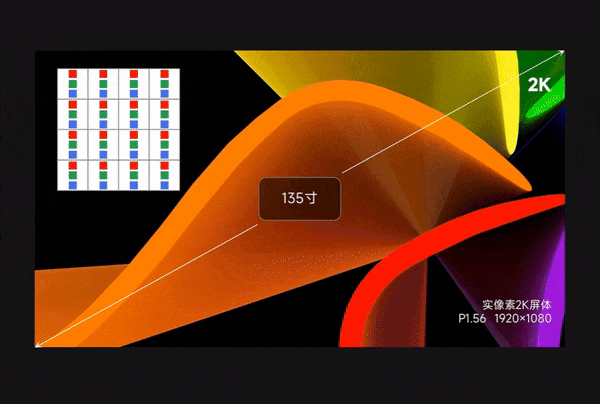
△ 4 lamp RGGB arrangement can achieve a 4 times increase in display resolution △
2. Simplified process and reduced power consumption
Taking the common P0.9 COB lamp board as an example, compare the number of light-emitting chips and driver ICs of the following four solutions:
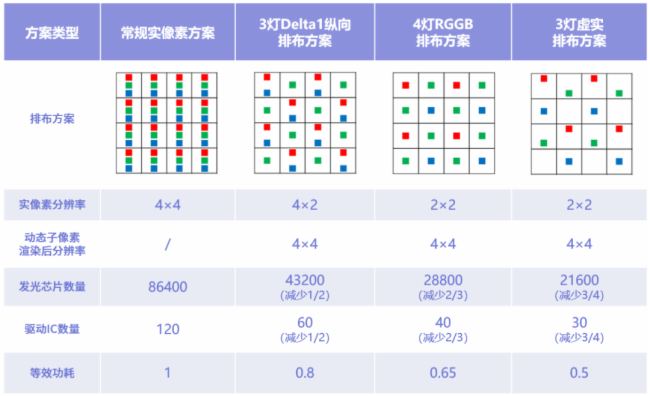
(* Data environment description: The above are the P0.9 real pixel and dynamic sub-pixel rendering of 4 sets of data for 150*168.75mm, 45 scans, and different arrangements of light boards. There may be gaps in the data under different designs)
It can be seen that at the same resolution, compared with real pixels, the number of light-emitting chips and driver ICs used in screens using dynamic sub-pixel rendering technology is greatly reduced. At the same time, it improves the complexity of PCB wiring and driver IC arrangement, which helps to improve the manufacturing yield of light panels and reduce production costs. The temperature and power consumption of the display have also been greatly improved.
3. Improved display effect
Although the virtual/subpixel screen reduces the number of light-emitting chips and driver ICs, it still has the advantages of wide color gamut, high brightness, and high contrast ratioof LED displays. Combined with Nova's unique pixel enhancement algorithm, the display can achieve better display results.
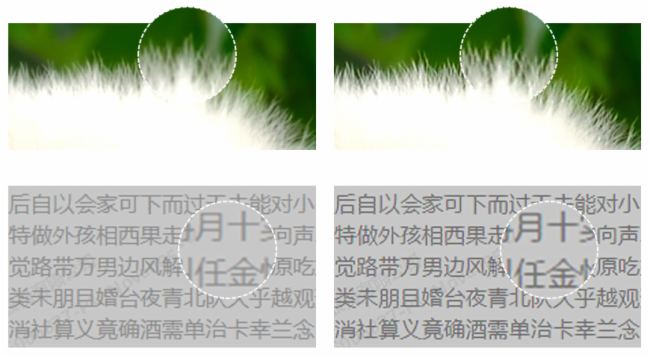
△ Before pixel enhancement--After pixel enhancement △
In summary, dynamic sub-pixel rendering technology can bring doubled display resolution to LED displays. Combined with Nova's unique pixel enhancement algorithm and other image quality algorithms, it can improve the display quality of virtual/sub-pixel screens.
Facing the future and insisting on innovation
Nova Nebula has always been deeply involved in the industry and insists on technological innovation, only to create greater value for customers and promote the coordinated development of the industry.
For dynamic sub-pixel rendering technology, after years of algorithm research and technical accumulation, Nova Nebula has now built an industry-leading multi-dimensional, high-value patent portfolio, achieving key breakthroughs in image quality and display applications.
In the field of virtual/subpixel display applications, Nova has a comprehensive product layout and created a dynamic subpixel rendering solution that adapts to multiple scenarios, which has been successfully applied to industry partners in batches.
TAG:
Guess you want to see it
Popular information
-
Analysis of cutting-edge development and professional application of seamless splicing, point-to-poi

-
Promote visual dispatch and command with distributed image center
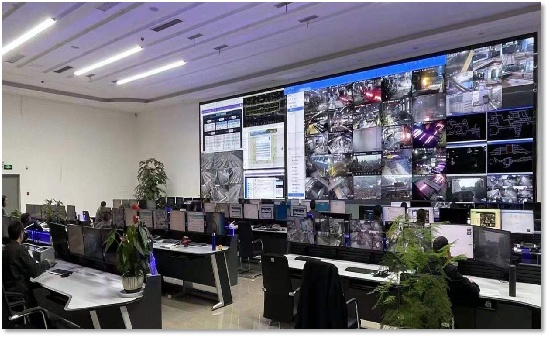
-
Thinking about future breakthroughs in distributed solutions in image processing
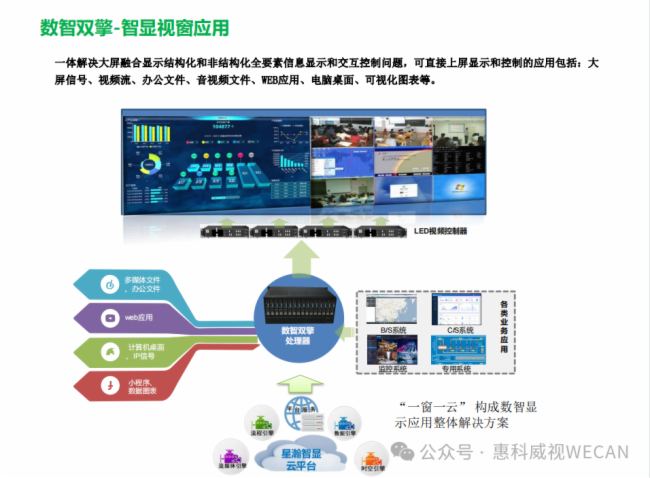
-
On-site environment and frequently asked questions about using distributed image processing systems
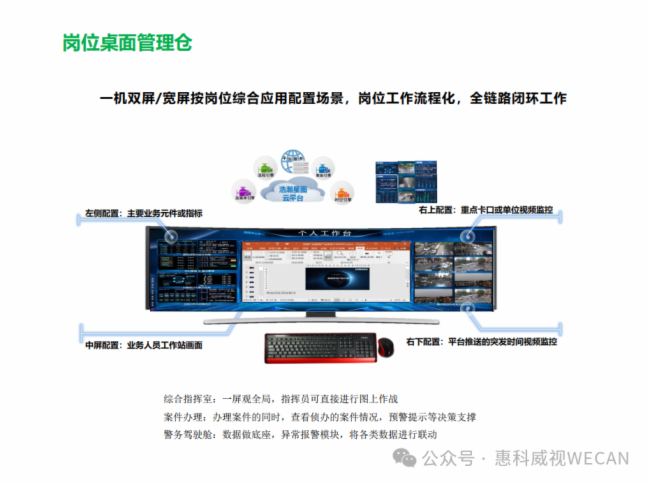
-
What is dynamic subpixel rendering technology

the charts
- Analysis of cutting-edge development and professional application of seamless splicing, point-to-poi
- On-site environment and frequently asked questions about using distributed image processing systems
- Thinking about future breakthroughs in distributed solutions in image processing
- What is dynamic subpixel rendering technology
- Promote visual dispatch and command with distributed image center